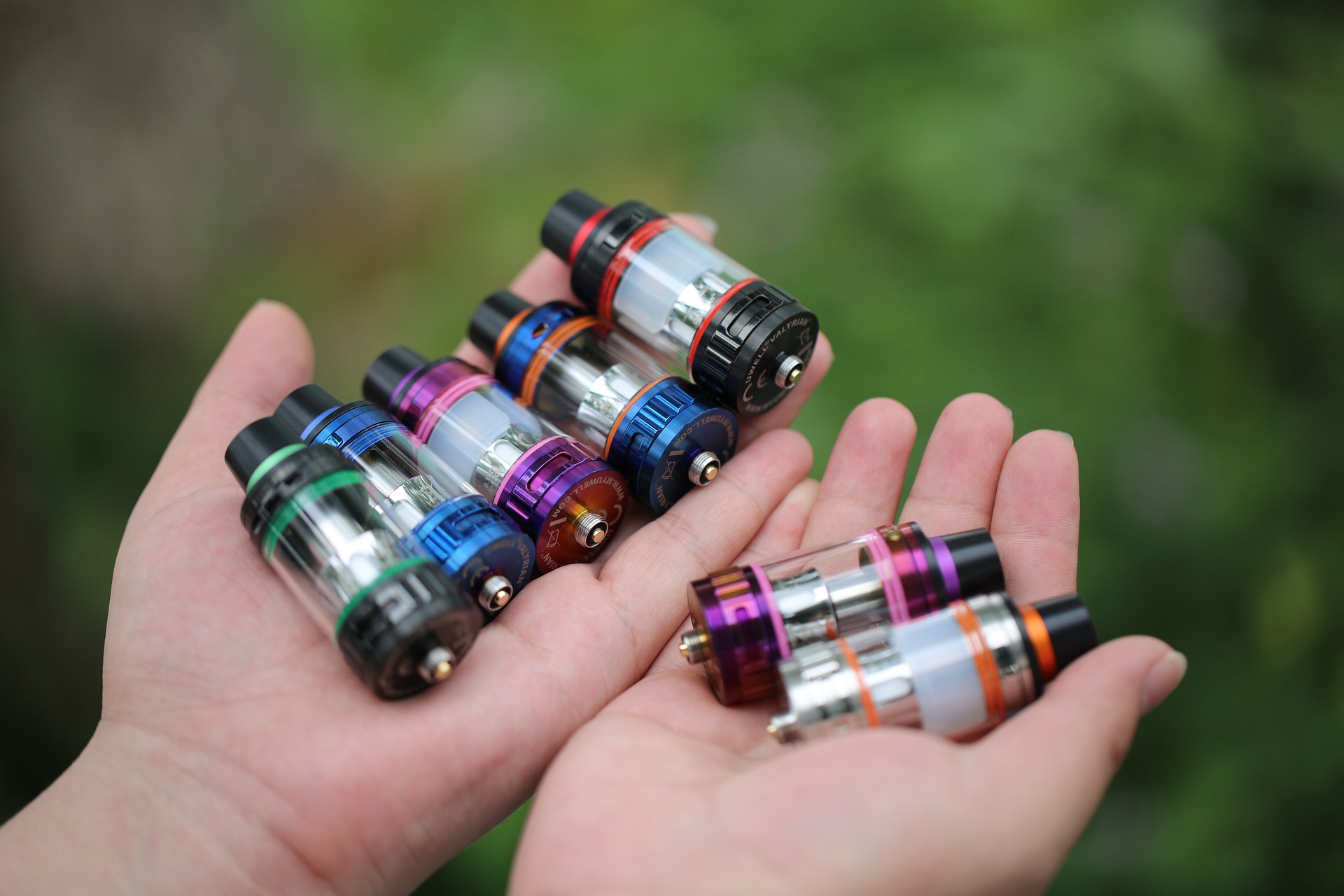Irresistible Breeze Flavors Vape is a line of flavored e-liquids for use in electronic cigarettes or vape pens. These e-liquids are designed to produce a smooth and satisfying vapor with a variety of flavors to choose from. Some of the popular flavors include fruit blends, dessert flavors, and menthol options.
The brand breeze flavors offer a range of nicotine strengths to suit the individual preferences of users. It’s important to note that nicotine is a highly addictive substance and should be used with caution. If you are trying to quit smoking or vaping, it is recommended to seek guidance from a healthcare professional.
Products of Breeze Plus Flavors are Sold Online
Irresistible Breeze Flavors Vape products are sold online and in many vape shops across the country. It is essential to only purchase products from reputable sources and to read the product information carefully before use.
Lastly, it’s worth mentioning that the long-term health effects of vaping could be including the best breeze flavors are still not fully understood. And it’s always recommended to exercise caution when using any substance that affects your health.
In the short run, vaping nicotine may make you feel good because it increases the brain’s production of dopamine, a chemical that can make you feel good and relaxed. Nicotine vaping also fosters interpersonal connections and serves as a deterrent from troubling circumstances. These are potent motivations to keep vaping.
However, those feel-good compounds are short-lived due to nicotine’s effects on the body. The effects of nicotine on the body wear off after just a few hours, which may cause a wish to vape again. This is nicotine withdrawal, which includes urges to vape, irritability, restlessness, difficulty focusing, changes in eating and sleeping patterns, and feelings of anxiety or depression. To get that same high and manage these withdrawal effects over time, nicotine may need to be used more frequently and at higher doses.
This cycle may give the impression that nicotine vaping reduces anxiety and sadness. But in actuality, it only treats withdrawal signs, which keeps the cycle going.
Debunking Misconceptions about Nicotine and Stress Reduction
Many tobacco users mistakenly think that tobacco products can reduce tension or anxiety because of this intricate cycle. According to a study on the effects of quitting smoking on mental health. The idea that tobacco products lessen the symptoms of nicotine withdrawal is frequently erroneously interpreted as having a positive impact on mental health.
Nicotine, which is present in cigarettes, e-cigarettes, and other tobacco products, harms growing brains. Increases the risk of addiction in children and adolescents, and has effects on mental health. The Truth Initiative® report “Colliding Crises: Youth Mental Health and Nicotine Use” emphasized these relationships. Here, we delve deeper into one of those relationships—that between nicotine and stress—and debunk some common misconceptions about nicotine’s role in stress reduction.
What Occurs In A Nicotine User’s (Breeze Flavors) Brain?
When a smoker inhales, smoke particles carry nicotine into the lungs where it is absorbed into the blood and rapidly travels to the brain. Nicotine makes it easier for dopamine, a chemical that signals joy, to be released into the brain, which helps people stay addicted to it.
Why Do So Many Cigarette Users Believe Nicotine Relieves Stress?
Smokers experience short-term joy from nicotine’s release of pleasurable chemicals, which may also appear to reduce stress. It’s crucial to remember that using nicotine does not reduce tension over time. And can actually keep users locked in a cycle of addiction. Smoking can alleviate the irritability, anxiety, and sadness that smokers experience after a period of abstinence. Smoking can lead to a cycle of symptoms followed by alleviation, which can lead people to believe that smoking has psychological advantages.
Selling The Stress Relief Myth
For many years, the tobacco business has marketed the fictitious effects of nicotine as a method for reducing stress. It has spent a lot of money on marketing that links smoking to mental health, stress relief, leisure, and enjoyment.
The notion that “smoking can help solve some personal and emotional problems by relieving stress and promoting relaxation” is a prominent theme in tobacco advertising.
These days, a lot of e-cigarette companies are also promoting tension reduction and mental health. For instance, the well-known disposable e-cigarette company Puff Bar advertised its product as “the perfect escape from back-to-back zoom calls, parental texts, and WFH stress” during the pandemic in order to “stay sane.”
The tobacco industry has gone so far as to give away cigarettes to psychiatric institutions. In addition to promoting studies that portray smoking as a form of self-medication and using stress relief themes in advertising. Compared to adults without mental illnesses, individuals with some type of mental illness smoke about a third of all cigarettes consumed in the U.S.
What Effect Does Nicotine (Breeze Flavors) Have On Stress Levels?
The use of nicotine, whether through smoking or vaping, can make people more stressed. Young smokers report greater levels of perceived stress than non-smokers. Despite the tobacco industry’s efforts to portray its products as reducing stress.
Are Young People Using Nicotines In Vaping To Reduce Stress?
Young people still mistakenly use tobacco as a stress reliever. Despite studies demonstrating that nicotine plays a role in escalating stress levels. And that tobacco users frequently experience higher levels of stress. According to research by Truth Initiative, the majority of young people who began using e-cigarettes during the pandemic did so to relieve stress, anxiety, or depression, and many still do so today.
Compared to smoking, vaping is less harmful, but it’s still not secure
You inhale an aerosol produced by heating nicotine (extracted from tobacco), flavorings, and other compounds in e-cigarettes. There are 7,000 compounds in regular tobacco cigarettes, many of which are harmful. There’s almost no question that vaping exposes you to fewer toxic chemicals than smoking conventional cigarettes. According to Blaha, even though we don’t know precisely what chemicals are in e-cigarettes.
Vaping breeze flavor has, however, been linked to an increase in respiratory injuries and fatalities. The Centers for Disease Control and Prevention (CDC) reported 2,807 cases of vaping or use of e-cigarettes-associated lung injury (EVALI) in February 2020, along with 68 deaths that were linked to the disease.
For more informative articles like this visit: www.bellevueheadlines.com

